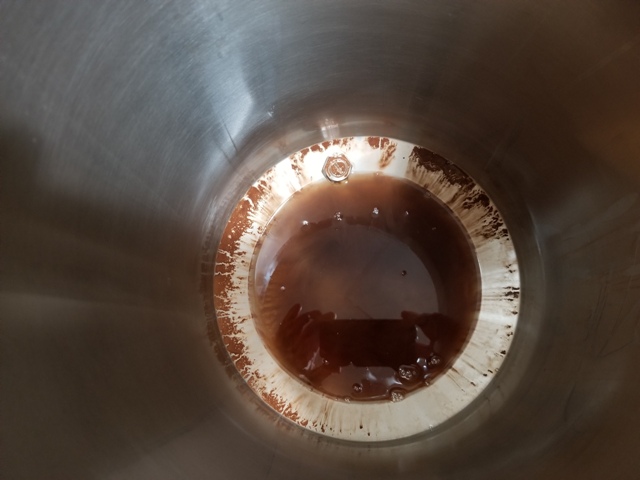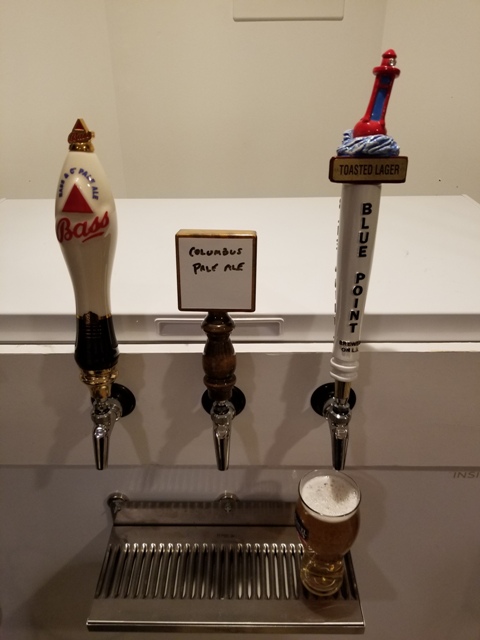I started regular brewing with wine. We used secondaries and even third-iaries to clear. Never heard any concern over air exposure during the short periods when the product got transferred or bottled. Never had a problem with the results as long as you had the patience to let things age. Equipment was rudimentary compared to what is available now. Buckets, carboys, airlocks, siphon, bottles. Maybe a press if you got fancy. The things you could accomplish with that kit were always interesting and sometimes even astonishing.
When I moved into beer brewing, the shortened timeframe and the ability to use the same gear and process was a no-brainer. So that's the way I rolled for years. Mostly extracts and DME. Brewing away at standard styles from kits with little variation. 2 weeks Primary. Transfer to 2 weeks Secondary. Transfer to bottling bucket and Bottle. I was conscious of the need to transfer gently and cap her back up asap. That's it. That was brewing.
When I first heard the arguments against secondary because of air exposure, I was kind of like the OP here and wanted to call BS... but once I considered the savings in time and effort from skipping the secondary, I decided to test it out. I am not a chemist kind of guy and I am
all about a viable shortcut. Worked fine with way less hassle. Now, it's three days same FG per Tilt and then kegged and/or bottled directly from the Primary tap using fizz drops. That's about as close as I get to avoiding oxygen exposure. Makes good clear beer with maybe a touch more conditioning sludge in a bottle. Maybe not. No secondary to wash. No bottling bucket to wash. No priming sugar melting. Rock n roll.
As far as beer quality goes, I can't tell the difference. If you blind taste-tested me between the two methods I couldn't distinguish.
So based on tales of experience shared here and mild laziness, my standard method now is no secondary unless there are dry hops or nibs or something. I still add that stuff in a secondary for now, but that could change too.
I agree that it's standard knowledge air exposure is not a good thing after fermentation has started and that limiting it to the extent possible is best practice. I have also seen some great setups to eliminate all exposure that are tempting to try. But IMO, taking brewing too seriously has a tendency to lessen the fun factor. I'm good with electric all-grain and limit exposure as possible. Don't think I will ever get tired of that or need to rent a storage unit for my gear.
I disagree that if you don't avoid air exposure at all cost, you're a brewtard and have compromised beer.
Now, if somebody wants to send me a sample of their brew to change my mind, I am open to that.






















![Craft A Brew - Safale S-04 Dry Yeast - Fermentis - English Ale Dry Yeast - For English and American Ales and Hard Apple Ciders - Ingredients for Home Brewing - Beer Making Supplies - [1 Pack]](https://m.media-amazon.com/images/I/41fVGNh6JfL._SL500_.jpg)














































